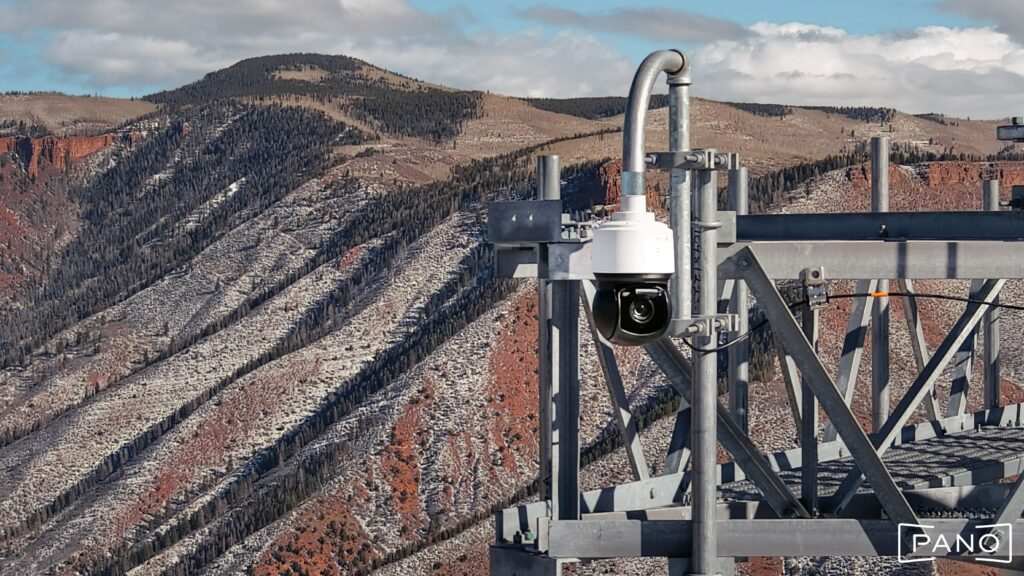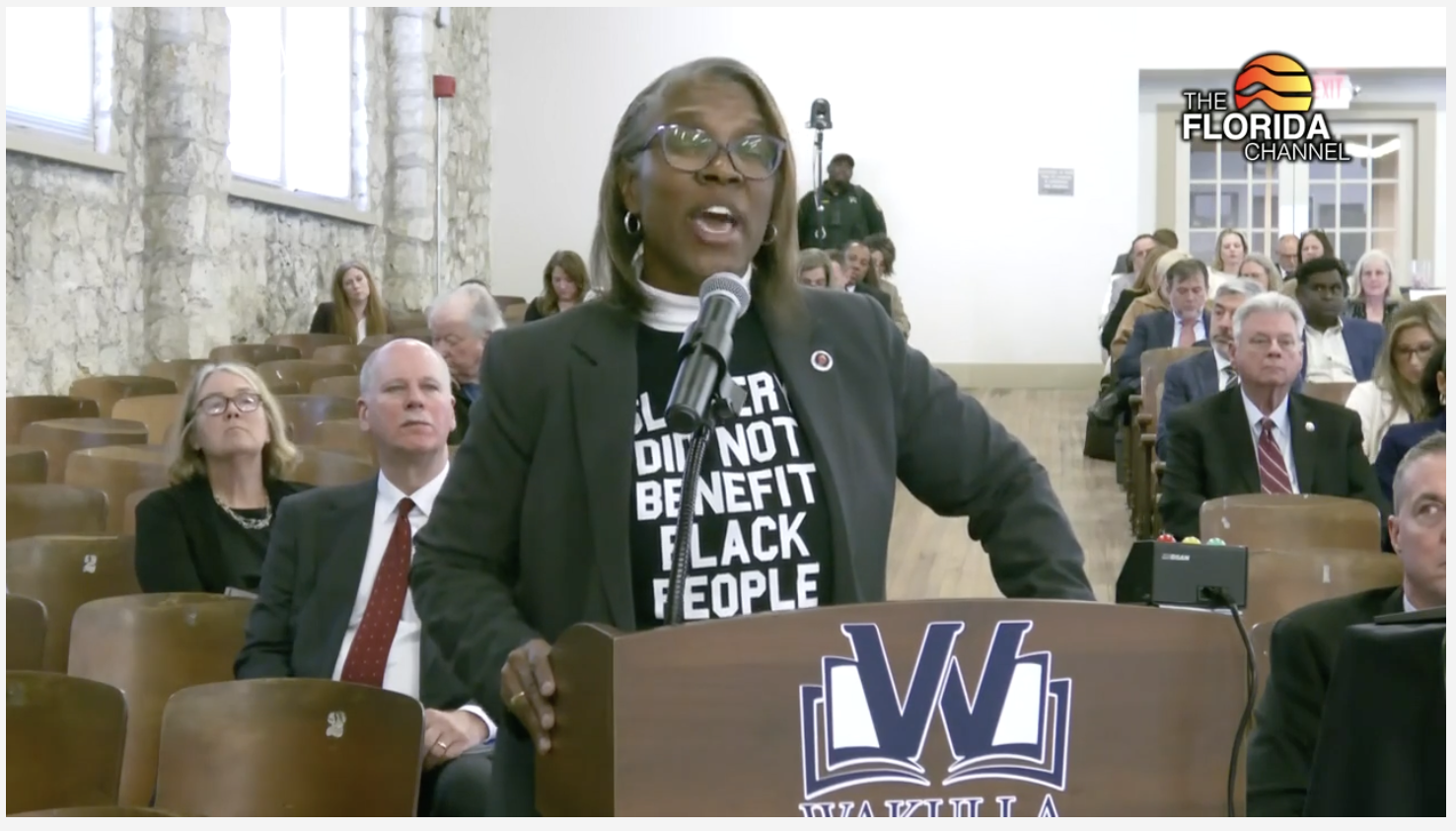(ASPEN, Colo.) — The Aspen Fire Protection District announced Sept. 12 that the public may now access the high-tech camera feeds it uses to spot wildfires.
AFPD is not expecting ordinary citizens to monitor for fires. Instead, Aspen Fire Chief Jake Andersen said his department and Wildfire Collaborative Roaring Fork Valley are sharing the feeds to boost awareness around wildfire mitigation strategies.
Pano AI installs and monitors these wildfire cameras nationwide to help fire departments detect fires early, particularly in remote locations where small fires may not otherwise be reported. When a fire is spotted, firefighters can act quickly to prevent it from spreading out of control.
According to Pano AI co-founder Arvind Satyam, the company has eight cameras stationed across the Roaring Fork Valley between Aspen and Glenwood Springs. The 360-degree cameras slowly rotate every 60 seconds, taking pictures in rapid succession while artificial intelligence analyzes the images to determine if smoke is present.
Andersen said his department was the first US fire agency to deploy Pano AI cameras in 2021, adding that the technology has improved significantly over the past few years.
“When we first got it … it had a lot of false positives,” he said. “It even had a tough time figuring out what happened in the autumn as leaves were changing. … Even things like snow guns were causing false alerts.”
Satyam said that the cameras have been trained on more than two billion images, so the technology can better differentiate between smoke, clouds, and other false triggers.
The cameras can detect wildfires at least 10 miles away, alert fire agencies to a potential threat, and allow firefighters to capture a better picture of a plume of smoke.
“We can zoom in 30 times and get a very close picture of what the fire is doing,” Andersen said. “It’s a really powerful tool for the incident command team.”
He added that members of the public cannot take manual control of the cameras, and the zoom feature will not be available to viewers streaming the feeds online due to privacy concerns.
The agency also has several protocols in place to prevent authorized firefighters from misusing the cameras. Andersen said any time a staff member at Aspen Fire uses the optical zoom function, that feed is recorded, and other Pano AI camera operators can see who is monitoring the feed.
Andersen doesn’t expect individuals to monitor feeds and help identify fires, but he values transparency for its own sake.
“We have this hyper-informed, super intelligent public, and people want information.”


